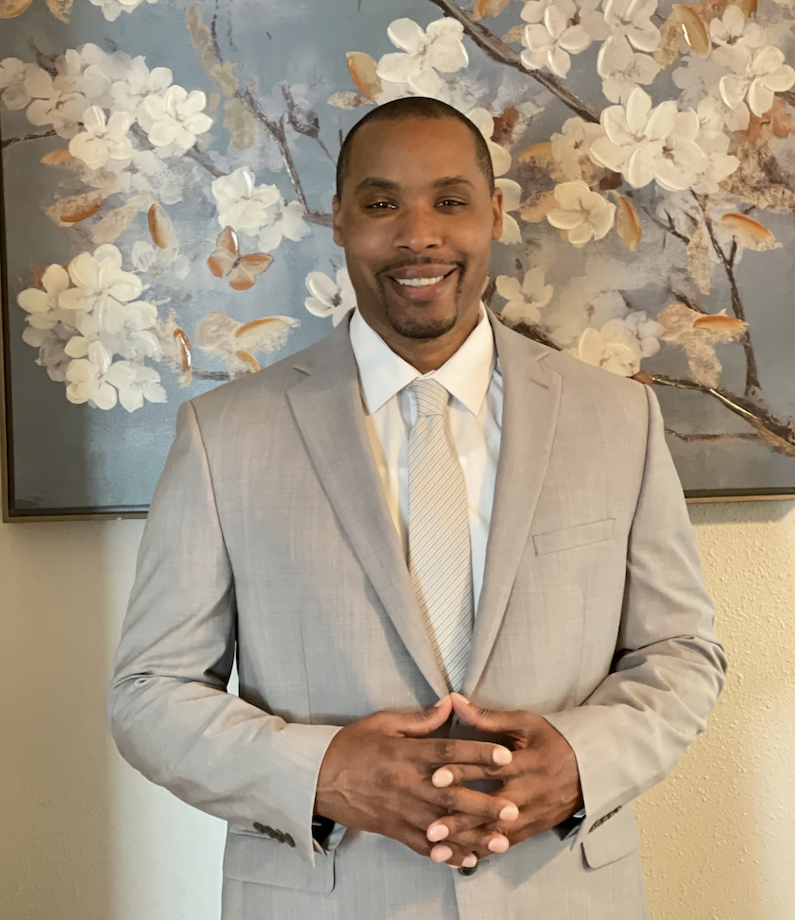Note from the staff:
We started this organization in an effort to help inmates and expose the public, one connection at a time, to the current state of our justice system. We also want adopters to have every tool to help their friends on the inside. Harm Reduction is a big part of this.
Many of our followers have enjoyed blog posts written by our dear friend Martin Lockett. We are happy to announce that Martin completed his 17 1/2 year sentence and walked into freedom in June of this year. We were able to attend his first public speaking event in Eugene, Oregon in August shortly after his release, and are looking forward to another chance to hear him speak this month in Salem, Oregon. He’s employed as a Certified Alcohol and Drug Counselor, and brings a wealth of knowledge and experience to his clients. Martin is available for public speaking engagements, and you can read more about him on his website MartinLocket.com.
We’ve asked Martin to write about Harm Reduction for our readers. Specifically:
- What is it?
- Why is it important?
- How can you apply it to your adoptee (or anyone)?
The term Harm Reduction is well known within the substance abuse treatment community and is one that has caused much controversy. It is not well known to many in the general public, but it should be. Allow me to explain what Harm Reduction is.
Harm reduction (HR) is a philosophy that promotes human rights and equal justice. It focuses on positive changes people make while in the throes of their addiction. It is predicated on meeting people where they are to reduce harmful consequences of their use, but doing so with compassion and dignity. Harm reduction runs counter to the often-seen model of total abstinence because HR places an emphasis on mitigating one’s harm to self through drug/alcohol use while total abstinence punishes use. Harm reduction seeks to improve the life of the person by empowering them to make safer choices in their use and leans on them for ideas of how they can best be served.
For instance, say you encounter someone who is addicted to meth, and he uses it intravenously. He often uses with other friends, and they share needles. He works a job and finds that his use makes him underperform at his duties because he doesn’t get proper sleep. He has come to a treatment program and wants to quit using but doesn’t think he can – at least at this moment. But he knows the way he uses (sharing needles) is not good and wants help with that. Many programs would require he abstain entirely to stay in their program, but a harm reduction approach is going to meet him where he is, understand that he has goals for his life and his use, and any reduction to the harm he is putting himself in is considered a success.
At this point, a treatment plan for this client could be drawn up to include getting him enrolled in a needle-exchange program, eating square meals daily, and going to bed by a certain time. It would be understood that this client would still use meth during this time, but over time, as he adjusts to using more safely, the focus could then be to revisit his initial goal of abstaining. If this is still his goal, then that would be the aim; if is it not, then that is acceptable as well. The goal is to always reduce the harm caused by using and increase the quality of life of the client. Working with this client to improve other areas of his life would be the next goal. The client would direct his treatment plan and the goals of his life. Again, a much different approach than an abstinence-based treatment program.
This approach is important because it affords people dignity and autonomy in how their lives will be lived. It empowers one to make choices that will improve their life, which, over time, will enable them to continue to make good decisions and reap the benefit of them. They may reach a point where they can see how not using substances at all would be beneficial, but again, this is not for anyone else to decide for them. Treating human beings as independent thinkers and stewards of their own lives is what we all desire. Not being subjected to others’ judgement is what we all desire – this approach affords that. When abstinence-based approaches operate from a punitive standpoint (when someone relapses while in their program), it shames the client and makes him/her feel they are a failure who is not deserving of forgiveness. After all, they have encountered this from many in their families and friend circles for years. This ostracization is only reinforced when chastised through an abstinence-based program that allows no room for error. Now, let’s look at how the HR approach can be applied to Adopt an Inmate and how it can be applied.
Many who are incarcerated have not been met with compassion, understanding, non-judgement, autonomy, and justice. These may sound like basic offerings humans offer one another, but they are not, particularly for those who have found themselves mired in a life of addiction and incarceration. These principles can be displayed by you, the adopter, through simple measures and gestures.
- Writing letters of encouragement
- Sending educational books/material
- Accepting phone calls/video visits (at whatever degree you’re comfortable with)
- Connecting inmates with resources in their community upon release
- Exploring with inmates what they are passionate about and reaffirming their ability to
do be successful - Helping find and send internet material that is conducive to meeting their goals
- Sending holiday/birthday cards
These are examples of just a few ways to display a harm reduction approach toward your adoptee but believe me when I say they go a long way. It conveys a powerful message that someone cares and wants to support me – which is reason enough for me to begin to believe in myself and want better for my life. You can decide with your adoptee what will work best in terms of support, but you understand the goal of this approach and how you can help change someone’s life in a meaningful way. It does not focus on what got the person in prison or condemning their behavior through a program that gets them to confess every bad thing they’ve ever done; it meets them where they are and allows them to focus on becoming more responsible for their lives and how they want to live it going forward. And make no mistake, this mentorship dynamic is mutual – you will most certainly be enriched and educated along the way. Humanity is made better when we all help each other and learn from one another.






0 Comments